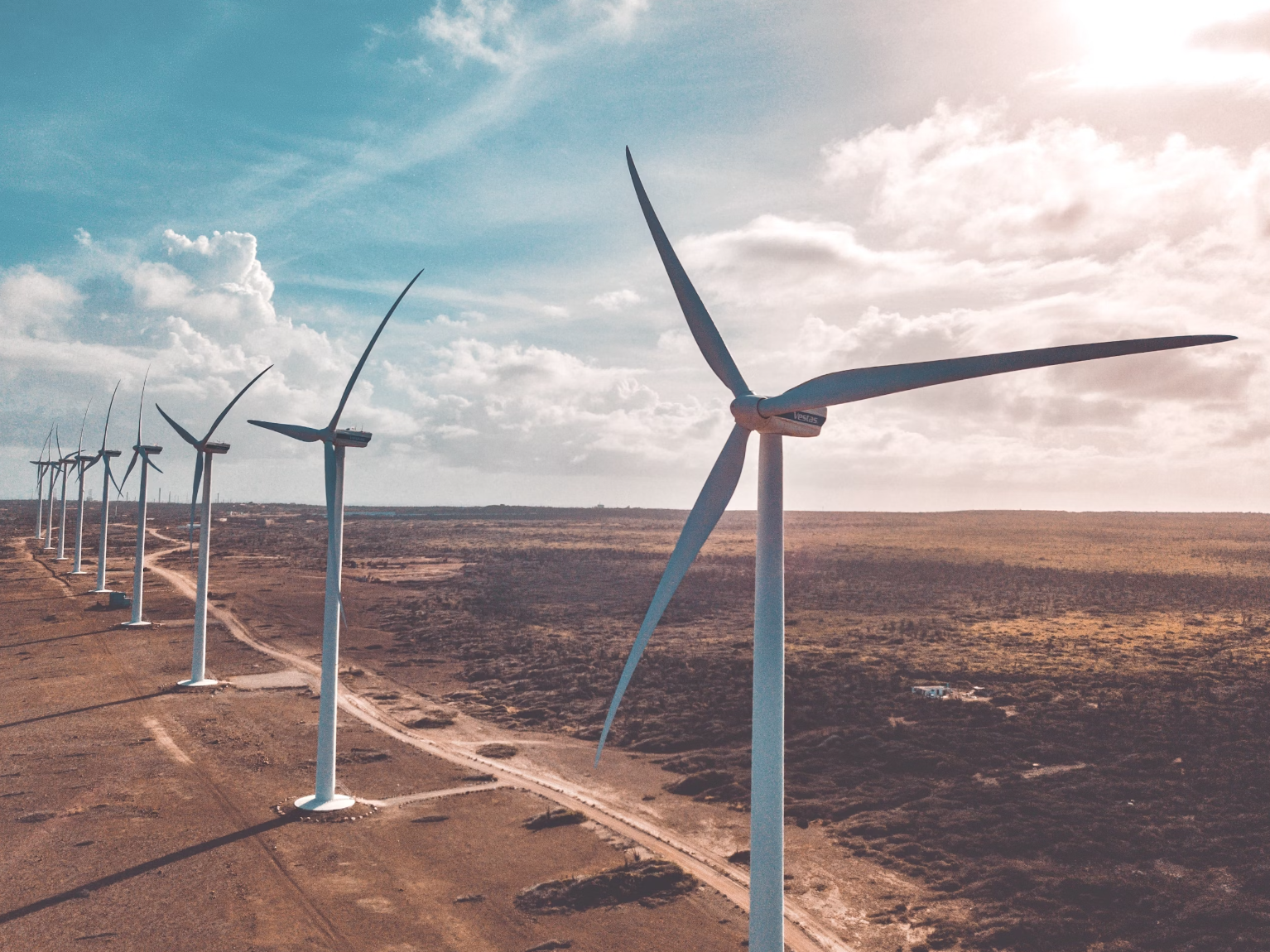
On Thursday, March 14, The Wall Street Journal’s Business and Finance pages detailed MIT-educated rocket scientist Mark Lundstrom’s plans to build The Windrunner – an aircraft designed to transport the world’s largest wind turbine blades. Lundstrom’s company to house his project is called Radia.
The article states, “Today’s off-shore-sized wind blades can’t be used easily on land because they can’t move by rail or truck. They are too big to turn most corners and too wide to make it under bridges and traffic lights. Transporting them offshore requires specialized vessels.”
Thus, The Windrunner was born, hoping to combat this hindrance to energy production.
But if a piece of equipment aimed at combating unconducive infrastructure just adds more unconducive infrastructure, then what’s the point?
Because The Windrunner is going to need somewhere to land. According to Radia’s website “Windrunner combines the world’s largest payload bay with the ability to land on semi-prepared airstrips at wind farm sites.” Putting an air strip at a wind farm sight is what we need for environmental progression. Got it.
There’s just something about having a massive jet blast off at a sustainable energy source that sounds counterintuitive.
Plus, airplanes are loud. Growing up near multiple airports, public and private, I’m no stranger to the sound a 40-or-more-ton aircraft makes when flying overhead. Imagine the noise of something more than double that plaguing the nation as it transports the massive turbines. Imagine the sound those massive turbines make once in operation.
Radia’s website is plastered with images of massive turbines crashing into overpasses and not being able to make turns or navigate intersections. Bringing these turbines into the air would eradicate this issue and add to the quality of life of whoever had the misfortune of getting stuck behind the truck. But nowhere does Radia’s website say that The Windrunner would be sustainability powered.
The website for the 8 Billion Trees Movement points out that while it’s difficult to calculate the exact number of carbon emissions deposited by freight planes, it’s estimated that “flights generate 500 grams of carbon dioxide per kilometer.” The Windrunner is more than double the size of the current largest airplane in operation – thus presumably creating double the amount of carbon dioxide.
Doing nothing but harming wildlife and taking up real estate that can be used for productive endeavors, wind farms are good in concept, but they in no way fit the current infrastructure and general society we have in place – even prior to The Windrunner.
Only contributing to nine percent of electricity generation of the entire United States, wind farms are a bulky, clearly useless effort towards a sustainability that keeps afloat the current industry and all its problems. More of a hindrance to actual sustainability advancements, they’re a life preserver for government agencies and corporations to grab onto when discourse on environmentalism circles back to the top of media headlines.
Sustainability is not building bigger wind farms, it’s creating systems that allow society to reduce and stabilize, not support the overconsumption that’s putting us in this situation in the first place. Instead of trying to keep up, we need to be reworking entirely. Perpetuating the “bigger is better” mindset is taking steps backward.
An article by CNN Travel says, “Radia is banking on research organization Bloomberg NEF’s estimation that up to $10 trillion will be spent on onshore wind through 2050. The development of WindRunner is to enable GigaWind, the XXL turbines made by Radia’s partners, which include five of the world’s top six turbine manufacturers.” Highlighting that this isn’t about sustainability.
The Windrunner, in all its 356 foot long glory, is an Orwellian feat. One that blatantly demonstrates to the public that all companies care about is looking sustainable while basking in their trillions.








